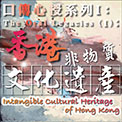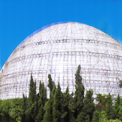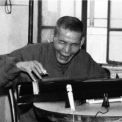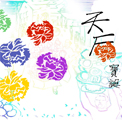 Collections
Collections The Oral Legacies Series II: The Representative List of the Intangible Cultural Heritage of Hong Kong
The Oral Legacies Series II: The Representative List of the Intangible Cultural Heritage of Hong Kong Spring and Autumn Ancestral Worship of Clans
Spring and Autumn Ancestral Worship of Clans Ancestral Worship
Ancestral Worship
The culture of ancestral worship in China dates back to the Shang dynasty (c. 1600 BCE - 1046 BCE), and has a history of more than three millennia. In the Rites of Zhou, there is mention of sacrificial worship conducted by the imperial household according to the four seasons. The four rites were known as yue, di, chang and zheng, as recorded in the chapter “A Summary Account of Sacrifices” in the Book of Rites, and members of the imperial household had been holding them in honour of past emperors since the Zhou dynasty (1046 BCE - 256 BCE). By the Qin and Han dynasties (221 BCE - 220 CE), such a tradition had evolved into a custom among common folks.
The purpose of traditional ancestral worship among common people is to pay respect to ancestors. These activities are often held on the dates of the solar terms Spring Commences, Vernal Equinox, Bright and Clear (Ching Ming), Autumnal Equinox and Winter Solstice, as well as during the Chung Yeung (the ninth day of the ninth lunar month). In addition, incense is burnt as offering to ancestors on the first and 15th day of the first lunar month. Ancestral worship may take place at home, at the ancestral hall or at the graveyard. At the Ching Ming and Chung Yeung festivals, such activities are held at the graveyard as part of ritual of “sweeping the grave”.



